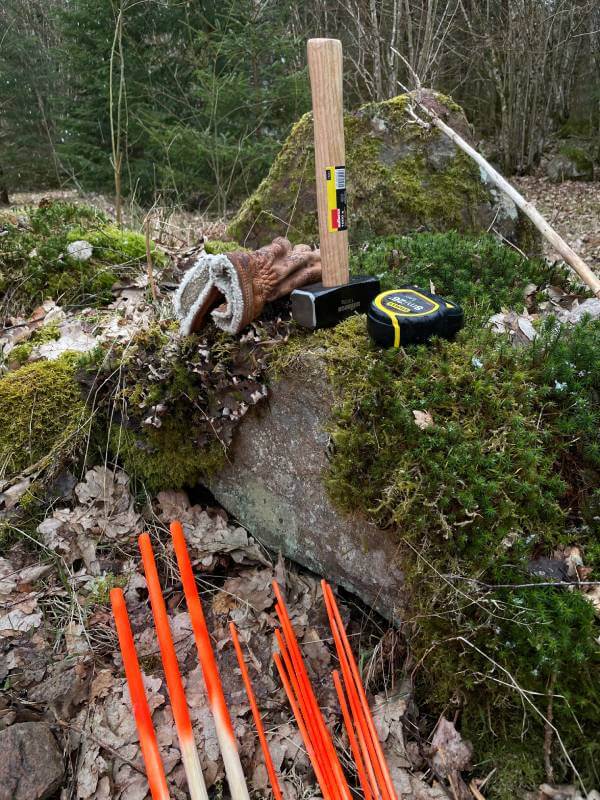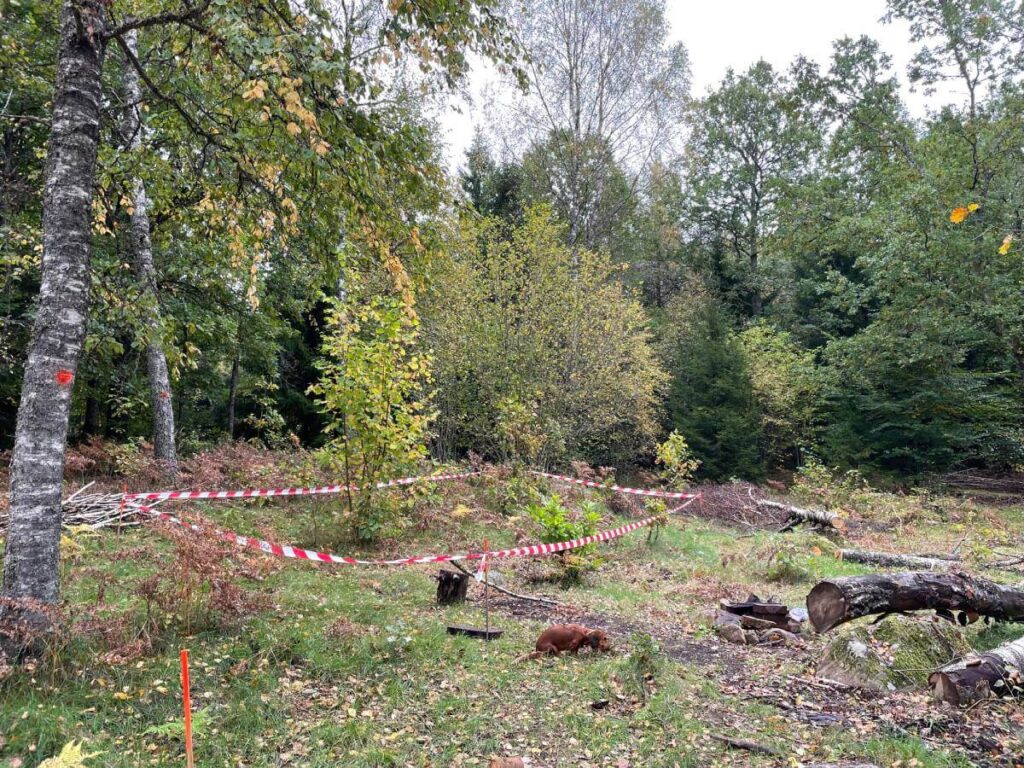Big milestone.
The other day I got the start message (startbesked) from the local building planning authority (miljö-och byggenheten). It has been a long way coming after 2 years of owning the land and dealing with 3 different builders.
The start message is the green light to begin construction. It’s part of getting building permission (bygglov) in Sweden and a big deal after a lot of preparation!
I’ll take the opportunity to go through what it takes to get a start message and a little of the process after. The different steps may vary depending on which province (län) you are in.
What it takes to get a start message in Sweden
If you are bidding to buy land, reach out to the local council (Kommune) and ask if there have been any rejected applications on it – before you agree to buy, as I previously wrote about how to buy land in Sweden.
Once you’ve bought the land, usually you’ll start looking at various house types and building possibilities. Chatting with builders and getting some rough drawings.
It’s at this time I found it helpful to get a site map from the council. It helps with placing the house and knowing your plot boundaries better.
Measuring the land
The local council will send someone out to measure the plot. If it’s a big chunk of land usually only the grading (heights) and features e.g trees, rocks, fixed building points (byggfix) of the area where you have indicated you want to build will be measured and then it will be mapped.
Once it’s mapped, you’ll receive a file which can be used to place the outline of:
- foundations
- finished floor height (färdiggulv aka FG)
- freshwater well
- waste
- electricity
- and much more.
Get specific with the map
When you place your house, you need to be exact, as later on in the process when the council comes out to your land to confirm the position, they will use that map.
It’s not easy to change your mind after that. I spent time on the land, with some sticks and tape, getting a feel for the position. I used a website with a sun position map to see the seasons where the sun would be. Plus had a chat with the locals to get a sense of wind direction. Placing the house downwind from a drain is not so pleasant.
With that map, plus detailed drawings of your house – which either the builder, prefab company or the architect will draw up – you can start to properly apply for building permission.

Requirements of building permission
Building permission requires some detail beyond the architectural drawings.
For example;
- colour of material
- intended use (summerhouses have different rules)
- Snow zones: Sweden has snow zones, which require different roof load-bearing strengths depending on where you are
- Tensile strength: Different wind areas also require different tensile strengths.
Quite a bit to consider.
I love reading Swedish building regulations like anyone else, but I recommend getting your builder to handle all of this. Most local builders will know the rules – but if you get a prefab from let’s say Germany, watch out as maybe it won’t conform to Swedish rules.
So; the plot map has your house placed on it, the building drawings are complete, and an indication of building permission (not the actual building permission) is given. You will meet your builder and a person from the council who will measure and fix piles into the ground where your house will be. This is your last chance to move it, please check big rocks, pipelines etc. cause they will be a pain to move later.
Technical meeting
So now it’s time for the technical meeting (teknisk samråd). For this meeting you will need to have a third-party building controller (kontrollansvarig) appointed, your builder can recommend one, but they cannot be it. The kontrolansvarig (KA) goes through the documents to ensure they are all good before the meeting.
One additional element you need to have in place is building completion insurance (Färdigställandeförsäkring). It’s a requirement for building permits as it covers you if your builder goes bust. It gets the house to a reasonable completion.
The KA, the builder and a representative from the council will meet, some feedback may be given, but if all goes well and the Swedish gods of building law smile upon you, you get that start message and construction can begin!
The two final steps
The process of approval is not over. There will be at least one meeting between you, your contractor and the council during the construction process. And one at the end to check the building is complete and ready for you to use it. I’ll cover more on the final steps in another post.

